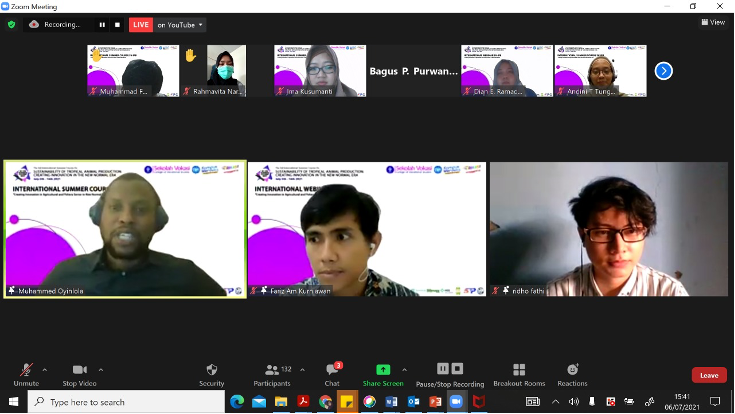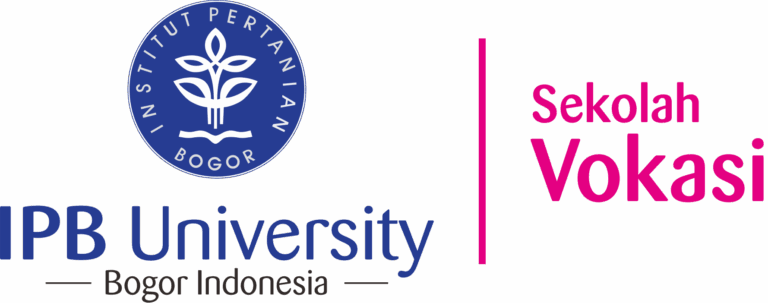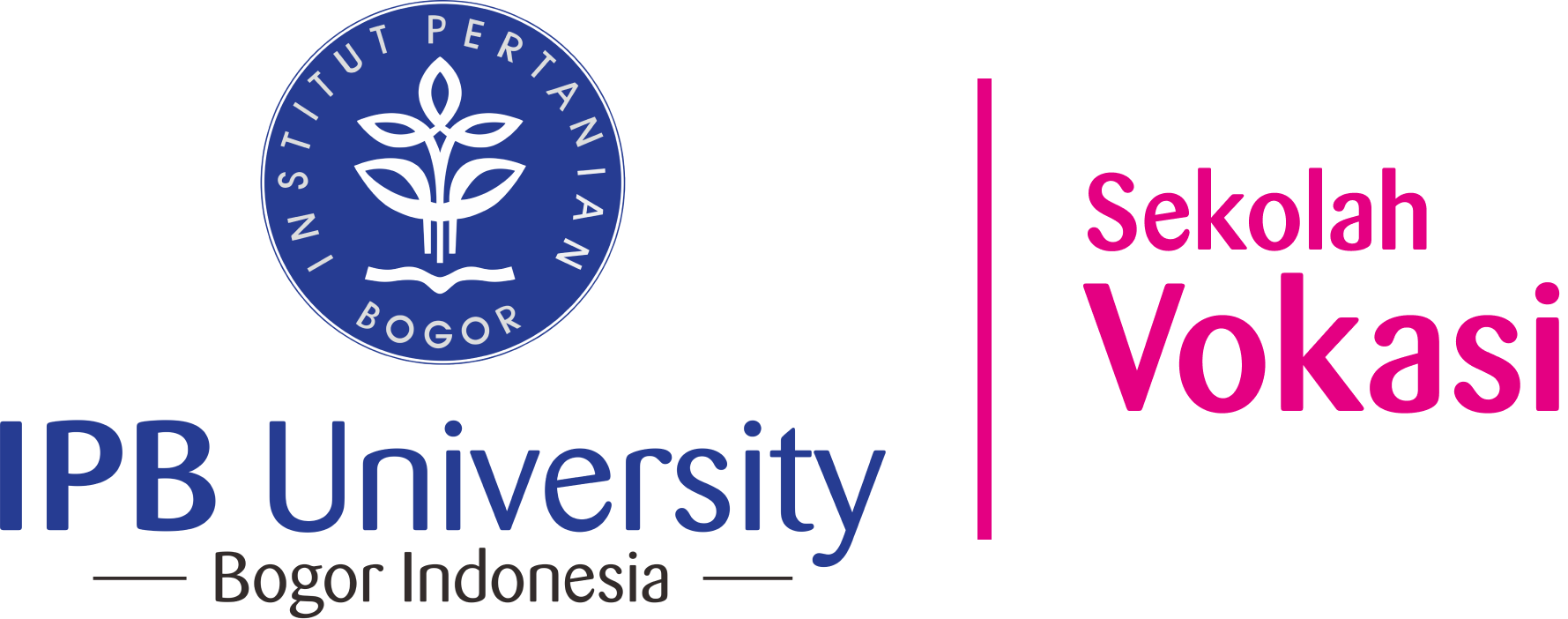
Dr Muhammad A Oyinlola, a lecturer from the University of British Colombia Canada, explained the use of Artificial Intelligence (AI) to determine the location of cultivation in the ocean. He conveyed this explanation in the Innovation and Adaptation in the Era of VUCA webinar some time ago. This webinar is a series of The 3rd The 3rd International Summer Course on Sustainability of Tropical Animal Production 2021 which will be held by College of Vocational Studies IPB University. The webinar was attended by 200 participants from Indonesia, countries in Southeast Asia and Canada. In his presentation, Dr. Oyinlola raised the theme Aquaculture Innovation to Mitigate and Adapt to Climate Change. According to him, in addition to determining the selection of aquaculture sites in the sea, AI can also be used to evaluate the impact of marine cultivation with the environmental impacts that occur. “Other innovations used in aquaculture are production systems, filtration systems, feeding systems and water management. There are also innovations in offshore aquaculture technology, such as making aquapods, smart floating farms and ocean farming. These innovations are expected to be able to reduce the impact of (marine) fish farming on climate change,” he said
According to him, the solution and mitigation of climate change is not easy. “But we can use a cultivation ecosystem approach, determining the zone and place of cultivation that considers climate change factors. Then we can optimize the feed formulation. The hope is that this can play a role in the mitigation process. On the other hand. the government must also make clear goals/plans for sustainable aquaculture,” he added. In addition to presenting speakers discussing aquaculture, the Summer Course of the College of Vocational Studies IPB University also presented Septian Jasiah Wijaya, a young national breeder as well as CEO and Founder of PT Santona Oro Banyan.Septian explained the innovations in the dairy cow rearing process that he had done. In running his farm, Septian uses a modern dairy farming system. In addition, it will create efficiency from the use of labor and other production inputs. Cows also become healthier and more prosperous so that they produce fresh milk products that are of higher quality and accepted by the milk processing industry,” he said.
With the implementation of a modern rearing system, there is an increase in the population of cattle that are reared with a smaller number of workers. In the traditional system one worker can raise 7-10 cows. Meanwhile, in the modern system, one worker can handle 50 dairy cows. (ima/WB/Zul)


